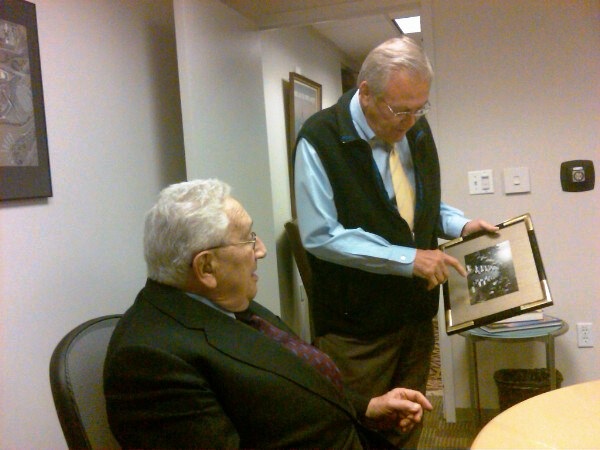
Consensus is determined through the Center for Conflict Resolution the following:
“Simply mentioned, consensus differs from other sorts of decision-making since it stresses the cooperative growth and development of a choice with group people cooperating instead of in competition with one another. The aim of consensus is really a decision that’s agreed to by all group people. Obviously, full consent does not necessarily mean that everybody should be completely pleased with in conclusion- actually, full satisfaction is rare. The choice should be acceptable enough, however, that will accept offer the group in selecting it.”

As apparent through the comments in bold print, the keystone of consensus is agreement to aid the choice. When the problem is sensitive or questionable, it will have to be depersonalized by relating it to something about which everybody concurs. Only then will the audience be ready to come with an objective problem-solving and decision-making discussion.
You will find four steps to creating objectivity, specially when the problem that need considering is extremely sensitive or questionable:
Step One. Identify the most important thing towards the group.
- Possess the group people identify the things they feel is essential. (For instance, perform a good job, serve the client, fair treatment, etc.)
- Publish a list on the switch chart or white-colored board so everybody can easily see it.
Step Two. List potential concepts that may advice the group’s decision-making.
- In line with the priorities listed during step one, possess the group brainstorm to list out all concepts they feel should guide their decision-making.
(For instance, treat employees based, have achievable performance expectations, provide learning deficient areas, treat all employees equitably, define individual accountability, etc.)

Note: The manager can set some parameters, for example stay within budget, adhere to existing contracts, maintain mandated services, etc.
- Publish their list of potential decision-making concepts on the switch chart or white-colored board so everybody can easily see it.
Step Three. Pick which concepts have unanimous group acceptance.
- Discuss the items out there to get rid of any duplications and see if there’s or could be unanimous agreement to retain a product among the decision-making concepts.
- Remove all products that don’t have the unanimous approval from the group.
- Once every item out there continues to be addressed, evaluate the remaining products once more to make sure that every person in the audience accepts them.
Step Four. Clarify the commitment suffered by filling out the listing of concepts.
- Draft a document using the listing of unanimously agreed-upon concepts.
- Explain that filling out the document commits the signer to simply accept the group’s ultimate decision as lengthy because it matches the concepts out there.
- Have every person in the audience sign their email list of decision-making concepts.
When the decision-making concepts have established yourself, the audience can proceed to analyzing the issue, creating options, making the decision, and confirming the decision matches these recognized decision-making concepts.








